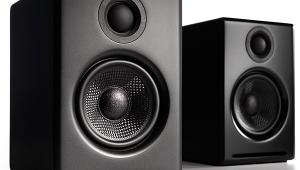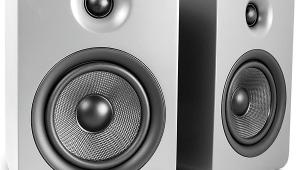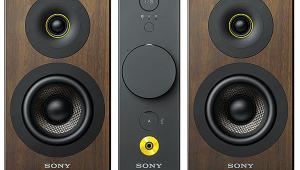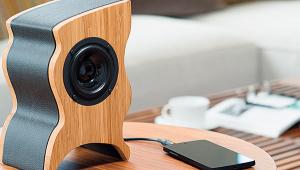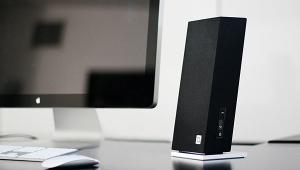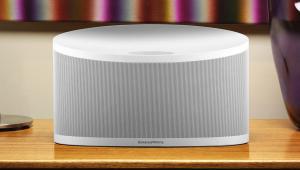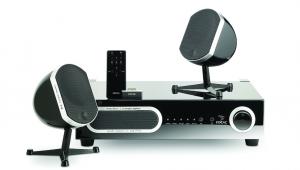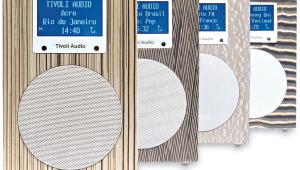Elac Navis ARB-51 Powered Loudspeaker Review Page 2
Listening
After my normal week-plus of casual use to satisfy any break-in questions, I settled in for serious auditioning. Despite my best efforts not to form a premature opinion, I'd already determined by that time that the ARB-51s were no mean reproducers, but accurate, neutrally balanced speakers. Comparisons with my everyday monitors, long-discontinued Energy Veritas 2.8s, reinforced that conclusion.
Tonal balance with a wide range of voices—almost always my first order of business— matched very closely. For just one example, Gordon Lightfoot's unmistakable baritone on the classic track "Sundown" (a Tidal hi-res stream) was warm yet reedy, without any trace of chestiness or honk. But the match wasn't perfect: the Elacs revealed a slight but distinct warmth, and obviously greater bass output. Enter the rear-panel EQ switches. I found that setting the HF slider to +1, MF to -1, and LF to -4 (with my current setup position about three feet from baffle to wall) resulted in a much closer match, indeed a spookily near-indistinguishable one.
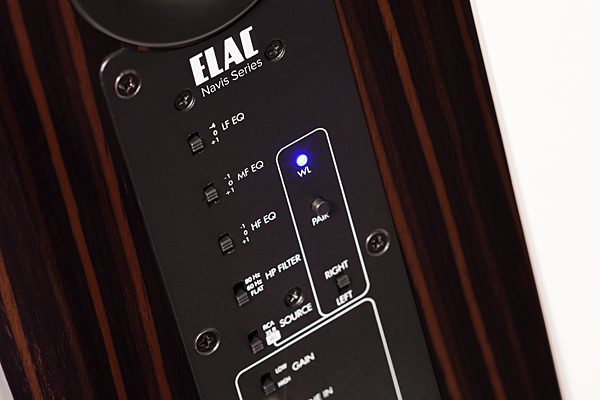
This told me two things. First, the EQ switches worked just about as I'd expected. Second, like many, if not most, modern speakers, the ARB-51 is balanced at its nominal-zero settings for a slightly more "romantic" midrange balance than direct-sound "flat" (as my Energys are), which indeed sounds more attractive and convincing to most listeners on natural-acoustic music. I ultimately settled on pulling the speakers out another couple of feet into the room, returning the MF and LF settings to zero, but leaving the HF at +1 since my room is fairly dead with a decent amount of absorption and lots of front-half diffraction in the form of bookshelves and CD cases.
Elsewhere on Tidal I stumbled upon the marvelous Echoes of Ellington Jazz Orchestra's "Blues in Orbit," with what is surely the most color-drenched wah-trombone solo ever waxed. This very nicely recorded big band track sounded warm and spatially deep yet razor-detailed.
The standup bass was rock solid—I felt I could hear both its close-mic'd intimacy and the stage-floor vibrational underpinnings—while the drummer's steady ride-cymbal and beat-two hi-hat ticks were beautifully airborne and free of the white-noise blur that afflicts so many reproduced cymbal sounds. And that trombone solo! Gorgeously liquid, rigidly imaged, and goose-bumpingly endowed with endless timbral shadings and details. (I don't know who the 'bone player was, but he or she's got plunger chops for days.)
A long-familiar reference like the "Gnomus" section of Mussorgsky's Pictures at an Exhibition (the Ravel orchestration from a Telarc SACD, stereo layer) helped to seal my confidence in the all-around excellence of the ARB-51s. Stage depth and hall-acoustic sense and air were all visceral and I heard nothing in the tone-color department to turn my attention from the music. And while Elac specs the Navis bookshelf model's bottom end as extending "only" to 44 Hz (again an unqualified spec, but likely -6 dB), there was plenty of low-end grunt for the big orchestral bass-drum strikes. (Oddly, the specs for the floorstanding Navis ARF-51, which is entirely identical other than tripling the woofer count and being three times as tall, extends the low frequencies only to 43 Hz. Really?) Equally impressive, the ARB-51s were happy to reproduce this demanding fare at very near real concert levels, though I questioned if the last couple of dBs worth of dynamics failed to deliver full impact in my fairly large, 350-square-foot studio.
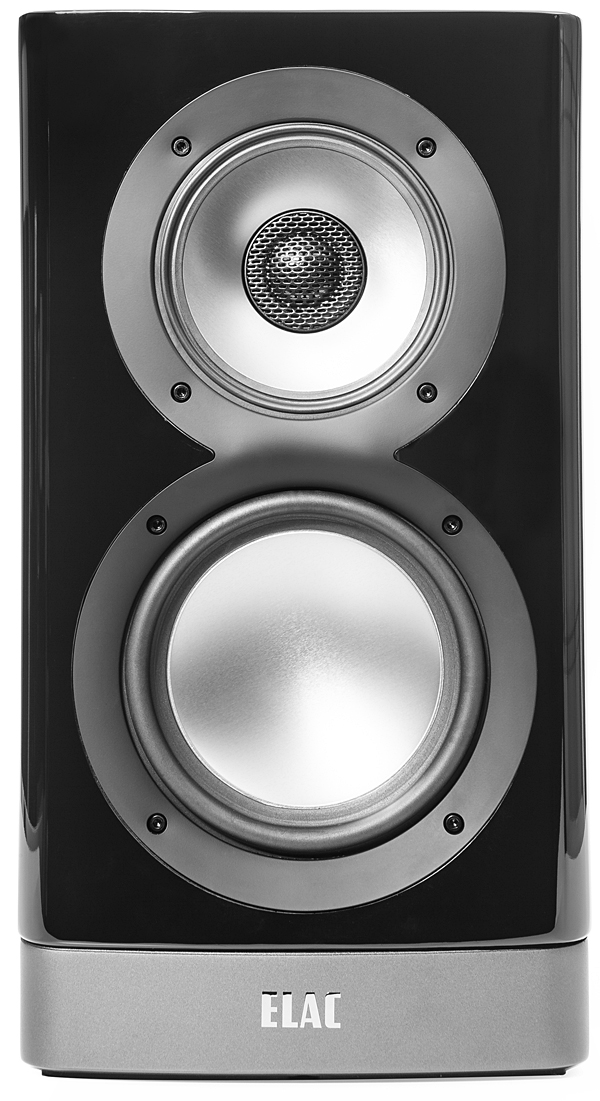
Otherwise, in every regard the ARB-51 consistently impressed me with the solidity, both tonally and spatially, of its reproduction. These are not speakers that sound "high-end," lacking the frankly exaggerated air or depth of some audiophile- favored models. But whatever I played sounded musical, dynamic, and honest, and the volume level, detail, and extension of the comparatively tiny Navis was a consistent source of wonder.
As a quick aside, I confirmed to my own satisfaction that Elac's recommendation of placement with full speaker toe-in is well-founded. When I shifted the ARB-51s for zero toe-in, top-end air and life diminished appreciably, and so did depth perception. Of course, the same applied to the vertical dimension, so using stands of appropriate height to put the speaker's mid/ tweeter on the listening plane is important.
A brief experiment with my long-term subwoofer, an SVS PC-12-Plus, convinced me that a fair balance was quickly achievable with the ARB-51's roll-off set at 60 Hz and the sub's low-pass dialed in at the same frequency. In that configuration the Elac system could play substantially louder, easily at full-orchestra concert level, without restriction. But even on their own, the little Navis pair's bottom octaves are sufficiently extended and powerful to satisfy nearly all listeners. Also, it seems to me that introducing a subwoofer would spoil the fun of a system consisting of just two modest-size bookshelf speakers that can deliver all the bass from any rock, jazz, or acoustic ensemble at realistic levels and without compromise.
Conclusion
Elac's initial foray into the active- loudspeaker arena brings with it a lot of advantages: size, simplicity, value, and, most important, all-around sonic excellence. In particular, the ARB-51's driver-EQ flexibility means you can place the speakers either close to a wall—within a foot or so—or well out in the room and hear similar results. I would encourage anyone seeking some or all of these virtues to give the ARB-51 serious consideration.
